AGL import push 2.5 years after massive export deal ‘either complete mismanagement or ploy to increase prices’
THE multi-millionaire boss of AGL has hit struggling Sydney families with higher gas prices and a tiny reduction on our power bills while offering Queenslanders greater relief. INTERACTIVE GRAPH
NSW
Don't miss out on the headlines from NSW. Followed categories will be added to My News.
THE multi-millionaire boss of AGL has hit struggling Sydney families with higher gas prices and an insult of a minuscule reduction on our power bills while offering Queenslanders greater relief from electricity prices.
The energy giant’s chief executive, American import Andy Vesey, has also revealed he is pressing ahead with plans to import gas to Australia, likely from Qatar or the United States — just two-and-a-half years after signing a billion-dollar deal to export a quarter of our annual gas supply to China, Korea, Japan and Malaysia.
There are projections from experts, including Woodside Petroleum senior executives, that the liquefied natural gas (LNG) market could tighten as early as 2020, meaning imported gas prices could rise just as Australia begins bringing it in — once again pushing up our power bills.
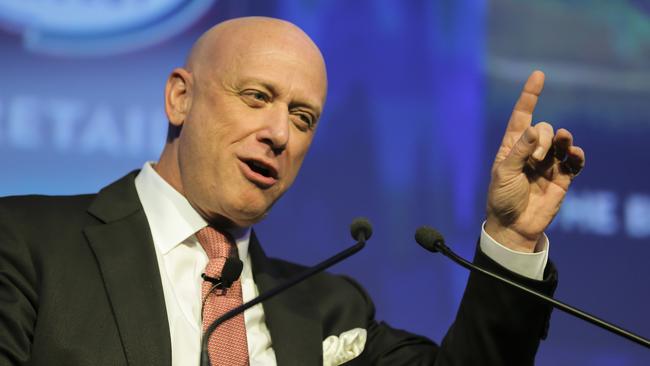
Chairman of the Coalition’s Backbench Committee on Energy, MP Craig Kelly, demanded answers over AGL’s decision to first sell off our gas, and now import it from overseas.
“The way they’ve been trading gas is either a complete mismanagement or a ploy to increase prices to Australian consumers,” he said.
“They are profiting enormously from the increase in the wholesale price of electricity so they can actually make higher profits, producing less.”
In a statement to the ASX just last week, AGL boasted of lowering power prices for NSW, Queensland and South Australian families from July 1 this year.
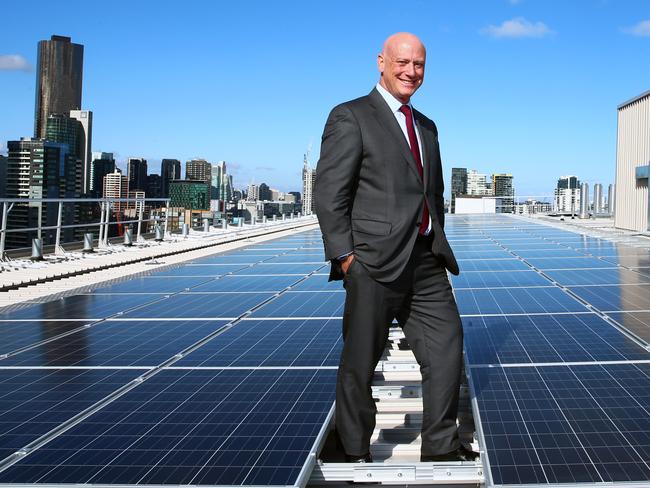
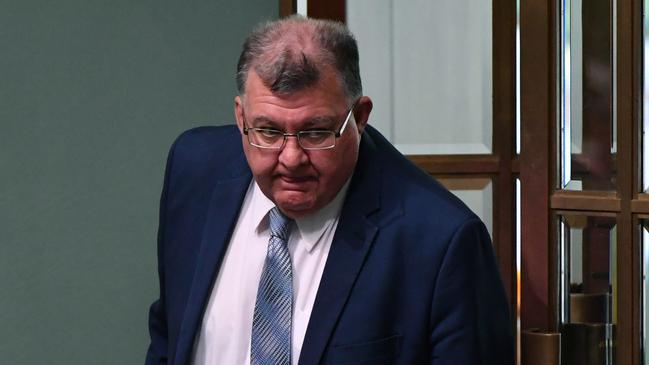
That’s despite the energy giant cutting prices for NSW households by just 0.3 per cent as opposed to for Queensland families, who enjoyed a 1.6 per cent fall in electricity bills.
For NSW businesses, they fell even less — by 0.1 per cent — while gas prices rose by 2.5 per cent.
AGL: AUSTRALIA’S BIGGEST CARBON POLLUTER BOASTS ‘GREEN CREDENTIALS’
This week, AGL gave a statement to the ASX detailing their plans to import gas. Industry insiders are interpreting the move as an indicator of even higher power bills in three years’ time.
The retailer confirmed its plan to build an LNG import jetty at Crib Point, Victoria, for delivery of “gas into the domestic market during the 2021 financial year”.

Mr Vesey told the ASX importing gas would increase competition to put “downward pressure on wholesale prices and provide much-needed capacity and long-term security of supply”.
“This project would enable us to deliver gas to our existing customer base securely and affordably and create a source of revenue growth by increasing supply to commercial and industrial customers,” Mr Vesey said.
AGL PROFITS TO DOUBLE AS BOSSES SALARIES SKYROCKET
SENATOR LABELS AGL ‘BIGGEST HYPOCRITE’ OVER SHUTDOWN PLANS
While deals have not yet been struck, experts have said the gas will most likely be imported from Qatar or the US.
But just two-and-a-half years ago, AGL announced to the ASX it was selling 254 petajoules (PJ) of gas, starting in January 2017 and continuing for 11 years, to the GLNG project at Gladstone for export.
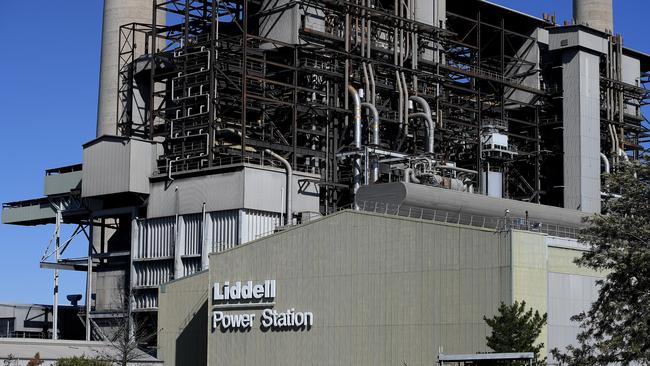
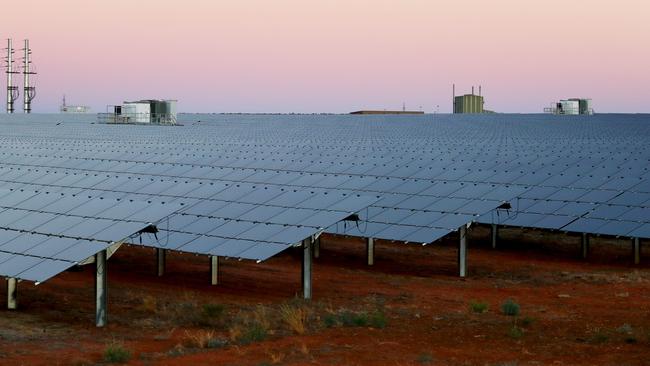
The annual sell-off of gas is 34PJ — which is more than one quarter of NSW’s entire annual gas usage.
The deal to sell our gas for export is understood to be worth around $2 billion to AGL.
Yet, at the time AGL sold off our gas, there had been evidence for several years that there would be supply shortages.
PRIME MINISTER WANTS ANSWERS FOR ENERGY BILL HIKES
AGL’s former head of economic policy, now chief economist, Tim Nelson wrote in December 2013 that “unless more gas is found and developed, there is unlikely to be enough for both domestic consumption and exports”.

A 2012 Australian Energy Market Operator Gas Statement also noted “the LNG export market is having a significant impact on the domestic market” and warned of “potential supply shortfalls.” Federal Labor’s Energy White Paper, dated 2012, also spoke of “tighter supply and higher prices”.
The price of gas is significant because it impacts on our electricity bills.
Federal government data states a $1 per gigajoule increase in the gas price increases the wholesale electricity price by $10 per megawatt hour.
Gas is estimated to set the price of electricity 20 per cent of the time today, compared to just 13 per cent in 2014.
AGL’s statutory profit for the six months to December 2017 increased 91 per cent to $622 million.
Asked why Queensland families were getting a bigger price reduction than NSW, an AGL spokesman said “prices for all retailers are different in each state as wholesale prices, network costs and green costs are different, as are levels of supply and demand”.
An AGL statement said its 2015 contract to sell gas to GLNG for export was made before notice of the Hazelwood power station closure was given.
“Clearly if AGL had not sold the gas to GLNG, we would have been in a better position to service our customers,” it read.
